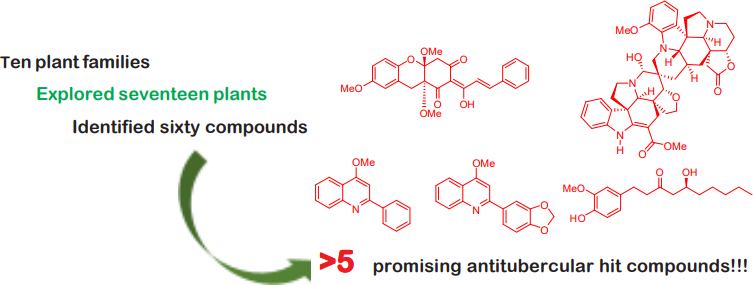
VOLUME 62 : 2014
VOLUME 62 : 2014
ACTA MANILANA publishes research and innovation in the different branches of the natural and applied sciences. It reports significant development in the discipline, and novel applications, unconfined by the traditional coverage of the disciplines.
Enhancement of some culture conditions for optimizing growth and lipid production in the diatom Nitzschia palea
Page 25-34
Lawrence Victor D. Vitug & Susana F. Baldia
ARTICLE DOI: https://doi.org/10.53603/actamanil.62.2014.egrm9555

Graphical Abstract
Abstract
Diatoms are unicellular and colonial microalgae which are currently explored as one of the potential algal species for biofuel production since they are known to accumulate high lipid content under different environmental stresses. This paper focuses on the diatom Nitzschia palea subjected under various culture conditions of light intensity, temperature, and pH, using batch culture experiments for optimizing their growth, lipid content and lipid productivity. Nitzschia palea attained a maximum growth of 3.08×106 cells/mL under the optimum conditions of 18 mmol photons m–2 s–1 light intensity, temperature of 30°C, and pH 9.
The highest lipid content (1.23 mg mL–1) was attained at 30°C. Lipid productivity increases with increased light intensity, temperature and pH. This was positively correlated with both lipid content and culture conditions (p <0.05), while growth of N. palea was negatively correlated with lipid content (p <0.05). Nitzschia palea had shown a relatively high growth rate and lipid content which are important characteristics for consideration as a potential for biofuel resource.
Keywords: Nitzschia palea, culture conditions, biofuel resource, lipid content, lipid
productivity
FOLLOW US
-
Research Center for the Natural and Applied Sciences
Thomas Aquinas Research Complex Building
University of Santo Tomas España, 1015 Manila, Philippines -
TL: (+63 2) 3406-1611 local 4037
DL: (+63 2) 8731-4031 - actamanilana@ust.edu.ph

© 2021 University of Santo Tomas, Acta Manilana. All rights reserved
Powered by: Communications Bureau